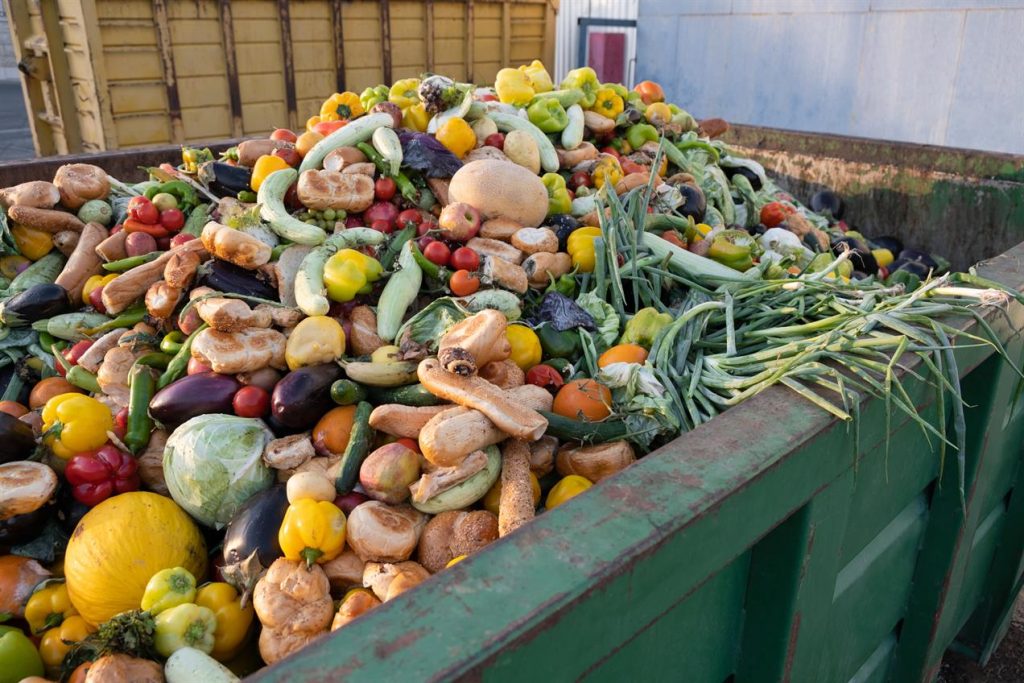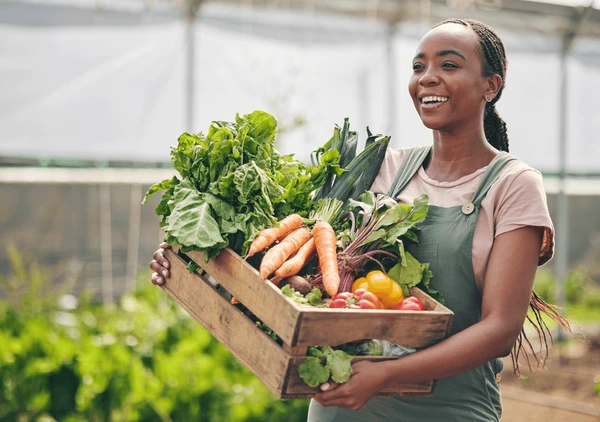Let’s start with what it is not.
Circular economy is not just about reusing plastic bags or recycling PET bottles. It’s not simply about composting, nor is it about trendy apps that track food expiration. Those are tools. The true essence of circularity lies in redesigning systems so that waste does not exist by design, but in food systems where the paradox of hunger and surplus coexists, making the design both urgent and complex.

The Waste We Don’t See
Across Sub-Saharan Africa, up to 50% of fresh produce is lost post-harvest due to poor infrastructure (Sibanda & Workneh, 2020). This isn’t just waste but lost income, lost nutrition, and lost climate resilience. At the same time, innovations like blockchain for traceability, cold chain IoT solutions, and AI-driven shelf-life prediction are emerging. Yet most of these tools are not developed with African ecosystems in mind. We risk building another layer of exclusion into a system already shaped by colonial value chains.

Food Tech: A Tool, Not the End
From biodegradable packaging made from cassava starch to apps redistributing leftover meals, food tech holds promise. But it must be anchored in context. A cold-chain app means little if a market woman doesn’t have access to electricity. A food traceability blockchain is moot if farmers are not part of the data value loop. Circularity demands we ask: who benefits, who participates, and who owns the data?
So, what is a real circular economy?
A real circular economy does not start at the landfill. It begins upstream at the farm, in local markets, in policy rooms, and within the technologies we design. It is not a linear chain retrofitted with a recycling loop. It is a regenerative system by intention, not coincidence.
It starts at the farm, not just by reducing waste, but by closing nutrient loops and minimizing input dependency. Many smallholder farmers in Africa still rely on imported synthetic fertilizers and chemical pesticides, which degrade soil health over time and expose farmers to volatile global price shocks. A circular economy flips that logic viewing organic matter, crop residues, and local knowledge as assets, not leftovers.
Across East and West Africa, there’s growing momentum around agroecological approaches and on-farm composting. In parts of northern Ghana, farmers are trialing integrated compost pits that recycle livestock manure and crop waste into soil-enriching inputs reducing cost while restoring fertility. These are small changes with systemic potential: they build resilience into production, reduce emissions from synthetic inputs, and localize value creation.
In Burkina Faso, SMEs processing dried mango are using cashew nut shells as an energy source to power their dryers. This approach being part of a multi-country research initiative called BioStar is led by CIRAD and local partners (CIRAD, 2023), creating new income streams and extending product life. This isn’t just about shelf life it’s about agency. When farmers are equipped to own more of the value chain, circularity becomes embedded, not imposed.
But it doesn’t end at the farm. Circularity lives in local economies through short supply chains and shared infrastructure. In contrast to globalized food systems that extract value and leave behind dependency, circular systems retain value within the communities that produce it.
In Ghana, Farmerline uses mobile technology to provide last-mile farmers with timely agronomic advice and access to inputs, plugging a critical gap in extension services. These interventions aren’t about “tech for impact” photo ops. They address embedded inefficiencies with tools that meet people where they are not where we imagine they should be.
And when food is wasted, it does not need to stay wasted. A truly circular economy reimagines waste as a resource for energy, soil health, and innovation. In Kenya, Sanivation turns fecal sludge and organic waste into fuel briquettes, reducing indoor air pollution and deforestation (World Economic Forum, 2020). In Ghana, youth-led startups are pioneering black soldier fly farming, converting municipal food waste into high-protein animal feed and organic compost. These are not theoretical ideas; they are already happening just under-supported and under-financed.
All of this must loop back into technology and transparency but on our own terms. Technology should enable regeneration, not reinforce exclusion. Platforms like SourceTrace offer real-time tracking of inputs, outputs, and sustainability metrics. But in many African regions, digital tools remain out of reach not because the tech is too complex, but because access, cost, and literacy barriers are not accounted for in the design.
A real circular system doesn’t just use the most sophisticated tools it uses the most appropriate ones. Whether it’s a blockchain interface or a bulk SMS system, the question must always be: who does this include and who does it leave out?

References
Biofuel from agrifood waste? A gamble that is paying off in Burkina Faso | Cirad
This Kenyan company is saving forests by turning human faeces into fuel | World Economic Forum
Sibanda, S., & Workneh, T. S. (2020). Potential causes of postharvest losses, low-cost cooling technology for fresh produce farmers in Sub-Sahara Africa. African Journal of Agricultural Research, 16(5), 553-566.
